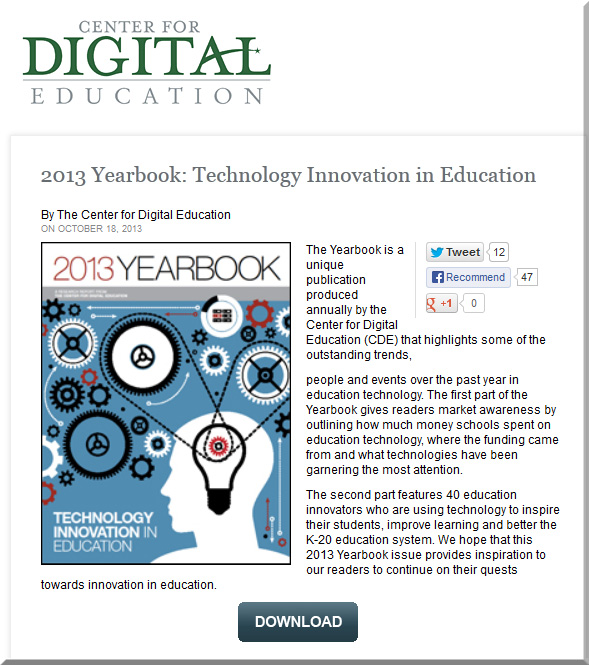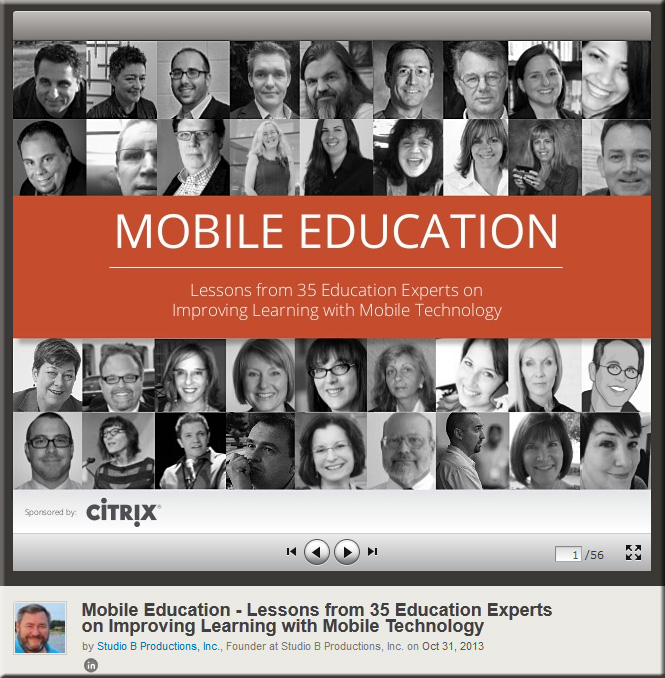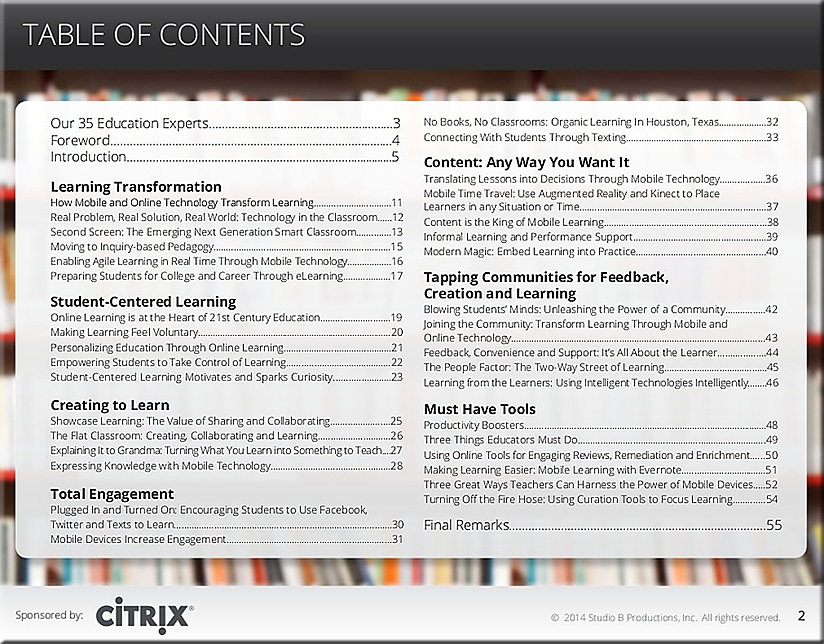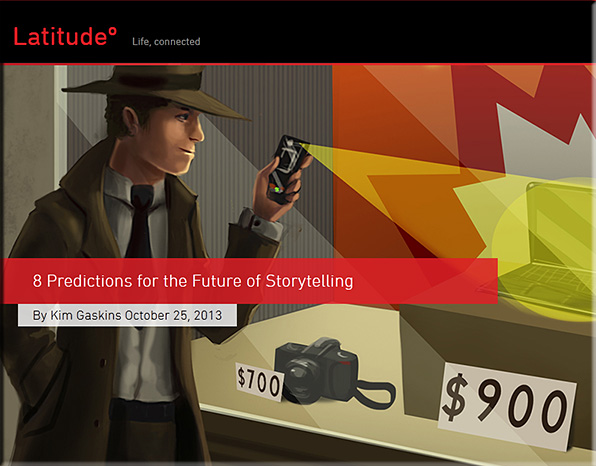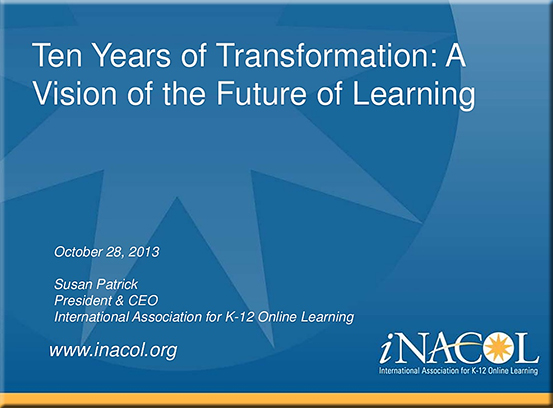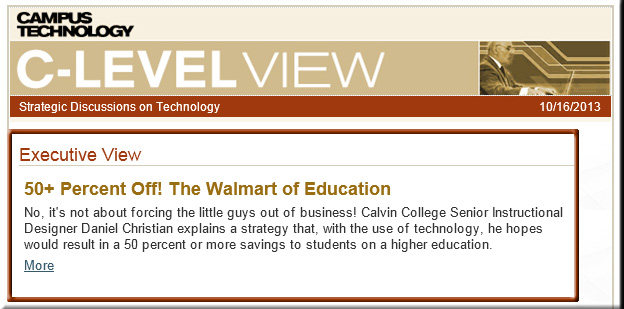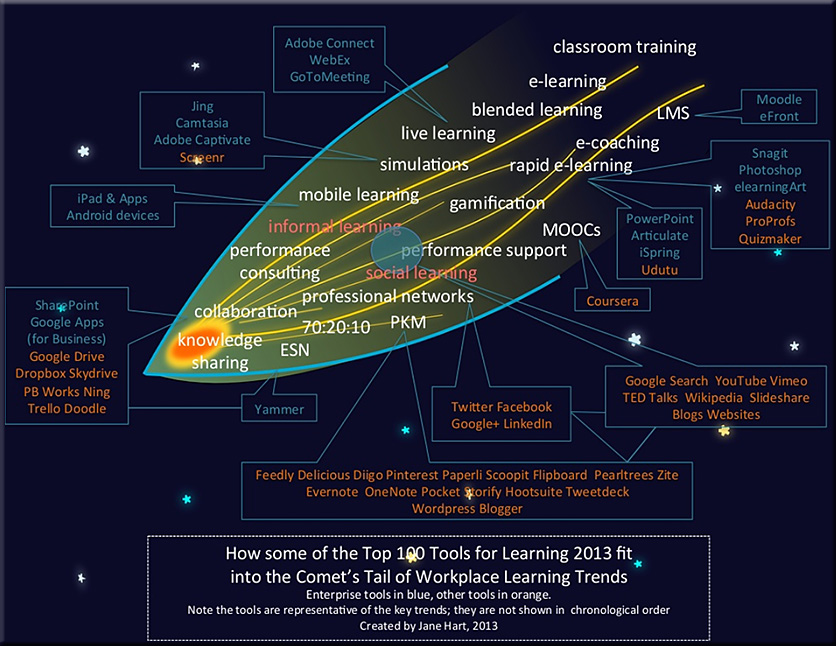Study: Teachers love EdTech, they just don’t use it — from edudemic.com by Katie Lepi
Excerpt:
EdTech Is Essential!
- 86% of teachers think it is ‘important’ or ‘absolutely essential’ to use edtech in the classroom
- 965 say that edtech increases student engagement in learning
- 95% say that it enables personalized learning
- 89% say that it improves student outcomes
- 87% say that it helps students collaborate
However…
- Only 19% use subject specific content tools weekly
- Only 31% use information or reference tools weekly
- Only 24% use teacher tools weekly
- Only 14% use digital curricula weekly
- Despite all the buzz about 1:1 classrooms, only about 1 in 9 are implementing a 1:1 or BYOD classroom
- …
From DSC:
Looking at this solid posting from edudemic and Katie Lepi, I can’t help but ask:
- What might this tell us about the model/approach that we are using?
- Is that model/approach working?
- Is that model/approach working fast enough to prepare our students for the futures they will inherit/experience?
- Are there other approaches that would work better?
I’d like to add some potential factors to the list of why educational technologies might not be being implemented in certain situations:
- We decided not to use teams; that is, we decided that our teachers (or professors or trainers) should continue to do everything — “it is their job after all”
- A teacher (professor, trainer) may not be gifted in a particular area (such as creating digital audio or digital video, designing simulations, developing educational gaming, designing e-books, offering mobile learning, etc.)
- A teacher (professor, trainer) may not be interested in a particular area (such as creating digital audio or digital video, designing simulations, developing educational gaming, designing e-books, offering mobile learning, etc.)
- May view an area as totally irrelevant because that wasn’t part of that person’s background/experience (i.e. Who needs educational gaming? Why should that matter/help? I didn’t have that in my toolbox.)
With the rapid pace of change, time is no longer on our side. That is, it doesn’t serve our students well if it takes us 2-3 generations to get teachers, professors, and trainers ready to use all of the relevant technologies. That is a pipe dream and we need to abandon it asap. No one has all of the gifts that they need. We need to work with teams of specialists. It will take team-based efforts to create and deliver learning environments, products, and services that feature more choice and more control for our students. They — and all of us actually — are encountering a different world every single day that we wake up. Are we preparing them for it?









